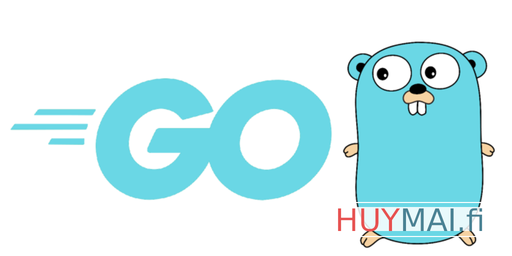
I hope that by trying removals and changing parameters, you have figured out what these lines of code do:
op := &ebiten.DrawImageOptions{}
op.GeoM.Translate(-float64(frameWidth)/2, -float64(frameHeight)/2)
op.GeoM.Translate(screenWidth/2, screenHeight/2)
In case you haven’t, let’s quickly check the Cheatsheet for ebiten.DrawImageOptions
type DrawImageOptions struct {
// GeoM is a geometry matrix to draw.
// The default (zero) value is identify, which draws the image at (0, 0).
GeoM GeoM
// ColorM is a color matrix to draw.
// The default (zero) value is identity, which doesn't change any color.
ColorM ColorM
// CompositeMode is a composite mode to draw.
// The default (zero) value is regular alpha blending.
CompositeMode CompositeMode
// Filter is a type of texture filter.
// The default (zero) value is FilterDefault.
Filter Filter
}
And here is Cheatsheet for ebiten.GeoM

Last time, we stopped at mentioning that there are three functions needed for the game loop: Update(), Draw() and Layout(), of which all are functions of the Game struct. According to the cheatsheet, the whole Game struct is an instance of the Game interface, as follow:
type Game interface {
// Update updates a game by one tick. The given argument represents a screen image.
Update(screen *Image) error
// Draw draw the game screen. The given argument represents a screen image.
//
// (To be exact, Draw is not defined in this interface due to backward compatibility, but RunGame's
// behavior depends on the existence of Draw.)
Draw(screen *Image)
// Layout accepts a native outside size in device-independent pixels and returns the game's logical
// screen size. On desktops, the outside is a window or a monitor (fullscreen mode)
//
// Even though the outside size and the screen size differ, the rendering scale is automatically
// adjusted to fit with the outside.
//
// You can return a fixed screen size if you don't care, or you can also return a calculated screen
// size adjusted with the given outside size.
Layout(outsideWidth, outsideHeight int) (screenWidth, screenHeight int)
}
If you have a background of C, C++, Java and the like, concepts of interface (and struct) might be familiar to you, but in case they aren’t, here are my quick explanations:

This weekend I decided to start another tutorial series in this blog, as I did learn a lot during making the last one. This time I decided to up the ante by picking up on a language that I am not very familiar with: Go Programming Language, or Golang. If it is the first time you heard of it, Go is a language designed at Google, is syntactically similar to C and is very well-designed to support concurrency. One of Go’s authors, Ken Thompson, was also one author of B language (together with Dennis Ritchie) (B was the direct predecessor of C Programming Language).